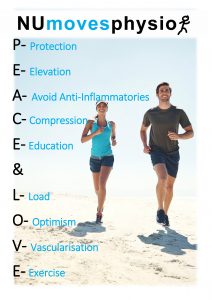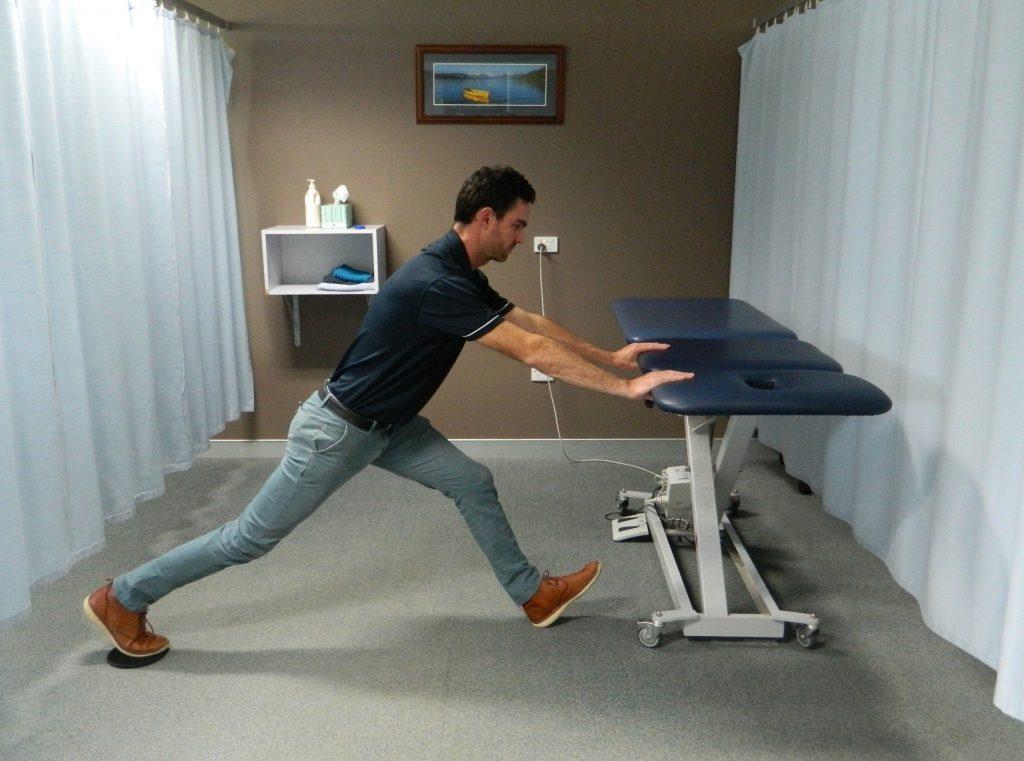
If you want avoid pre-season training injuries – start to plan your pre-season program now! This is good advice if you are between seasons or starting a sport again after a period of not playing. It is also good for trainers / coaches to consider when running a pre-season fitness program for a team.
A few months off regular exercise and training after winter sports is routine and often good for the body. But when pre-season training starts is when our physio clinic starts to fill up with athletes with strains. Here’s a guide to reduce your risk of injury during the next pre-season and regular season.
It starts with understanding injury risk and how we measure it. Why do some people get injured more than others? Can anything be done?
There are a lot of different reasons involved in why an injury may occur and there is no single test that provides an overall level of injury risk. Most professional sporting clubs use a complex battery of preseason testing, but it requires a huge amount of resources, and the chances are your local club doesn’t have that.
Recently a very simple, easy to understand and freely available risk indicator has been researched: The ratio of an athlete’s current exercise load compared to their historical exercise load (current week vs previous four weeks). This has been shown to predict injury risk in Cricket fast bowlers, Australian Rules football players and Rugby League football players. In order to get this ratio, you have to measure exercise load. In professional sport, players will often train with GPS and accelerometers to measure exercise load over the season – large fluctuations in load = higher risk of injury. When those devices aren’t available we have to go back to more simple measures.
Start recording in a diary the type (cardio, speed/sprint, power, strength etc) of exercise you do each day and some indicator of quantity (i.e. distance ran or the total time spent training). Then you need a measure of the intensity of the session which is usually relative to 100% as hard as you could go. If the session varies then record what you think is the average intensity and the amount of time spent at the maximum intensity. The goal of your workload diary is to allow you to plan your workload volume and intensity each week relative to the previous ones to make it a gradual transition during pre-season conditioning. This will avoid large spikes in workload and reduce your injury risk.
So when you get active again make sure you plan what you will do one week to the next and avoid spikes. But if do you get an injury we will be there to get you back on track.
If you want to read more on this see the articles below:
* Hulin BT, Gabbett TJ, Blanch P, et al. Spikes in acute workload are associated with increased injury risk in elite cricket fast bowlers. Br J Sports Med 2014;48: 708–12.
* Hulin BT, Gabbett TJ, Lawson DW, et al. The acute:chronic workload ratio predicts injury: high chronic workload may decrease injury risk in elite rugby league players. Br J Sports Med 2016;50:231–6.
* Murray, N. B., Gabbett, T. J., Townshend, A. D., Hulin, B. T. and McLellan, C. P. (2017), Individual and combined effects of acute and chronic running loads on injury risk in elite Australian footballers. Scand J Med Sci Sports, 27: 990–998. doi:10.1111/sms.12719



